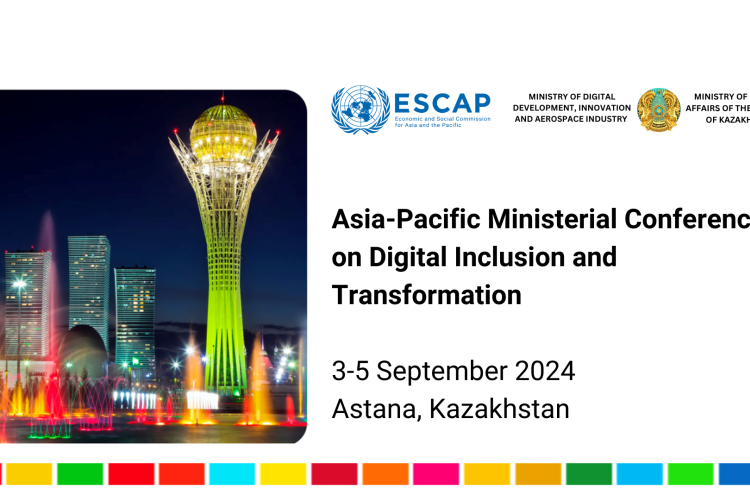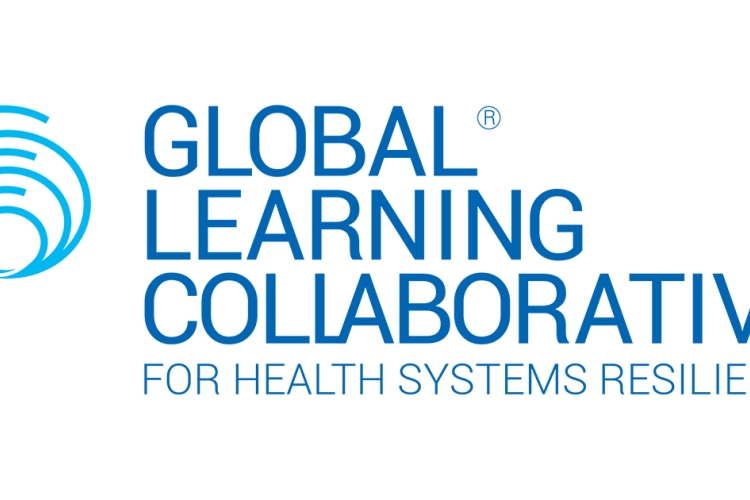Weaving a Stronger Fabric: Managing Cascading Risks for the Climate Resilience
The intersection of COVID-19 and extreme climate events reminds us once again the shared vulnerabilities of South Asia and urgency of sub-regional actions to address the crisis of cascading disasters that are impacting SDG progress in the sub-region.
In the context of addressing cascading risks and bringing together multiple stakeholders under one discussion platform, UNESCAP with National Institute of Disaster Management (NIDM), India, SAARC TB and HIV/AIDS Centre (STAC), and BIMSTEC Centre for Weather and Climate Centre (BCWC), engaged in an expert webinar series. The final high-level webinar in the series was organized by UNESCAP against the backdrop of the South Asia SDG Forum, under the aegis of the Asia-Pacific Disaster Resilience Network.
The Special High-Level Event on Disaster and Climate Resilience in South Asia was held virtually on 4 December 2020. Ministers dealing with environment/ disaster management in five South Asian countries namely Afghanistan, Bangladesh, India, the Maldives, and Pakistan, director/heads of the SAARC Secretariat, the Regional Integrated Multi-Hazard Early Warning System for Africa and Asia (RIMES), the BIMSTEC Centre on Weather and Climate (BCWC), the National Institute of Disaster Management (NIDM), India, and the Asian and Pacific Centre for the Development of Disaster Information Management (APDIM) addressed the meeting.
A key recommendation from the event was to develop a new regional framework and strategic action plan for managing cascading risks from natural and biological hazards through cooperation with sub-regional bodies such as SAARC, BIMSTEC and others to shape a longer-term, holistic, coordinated and more strategic approach to building disaster and climate resilience aligned with the Sustainable Development Goals, the Paris Agreement and the Sendai Framework for Disaster Risk Reduction.
For content, you may see here.





